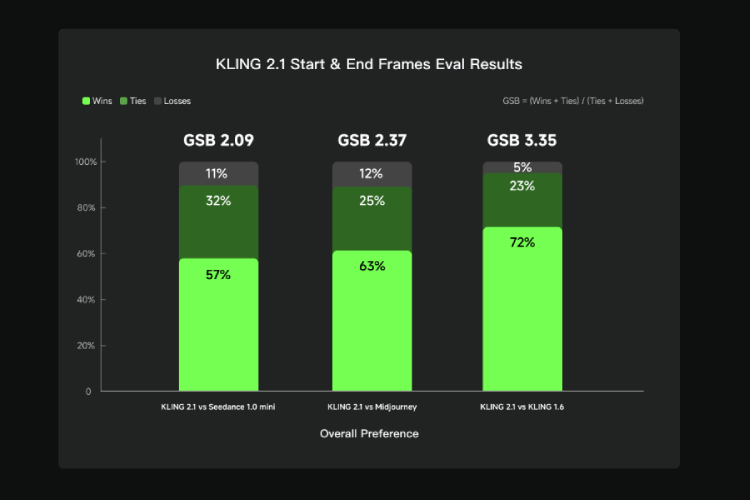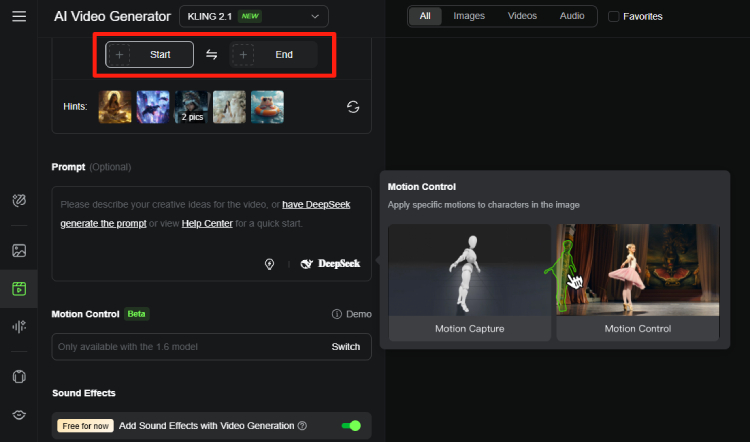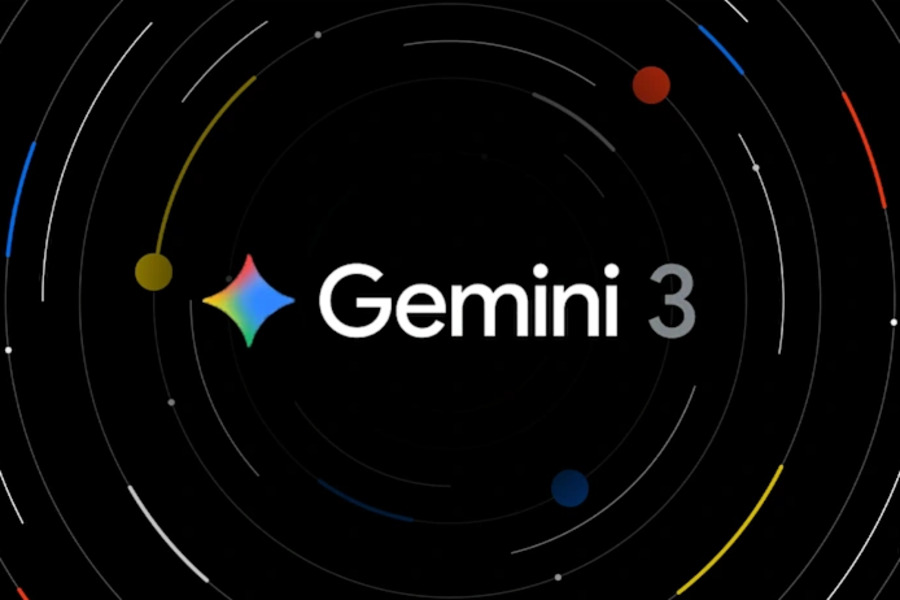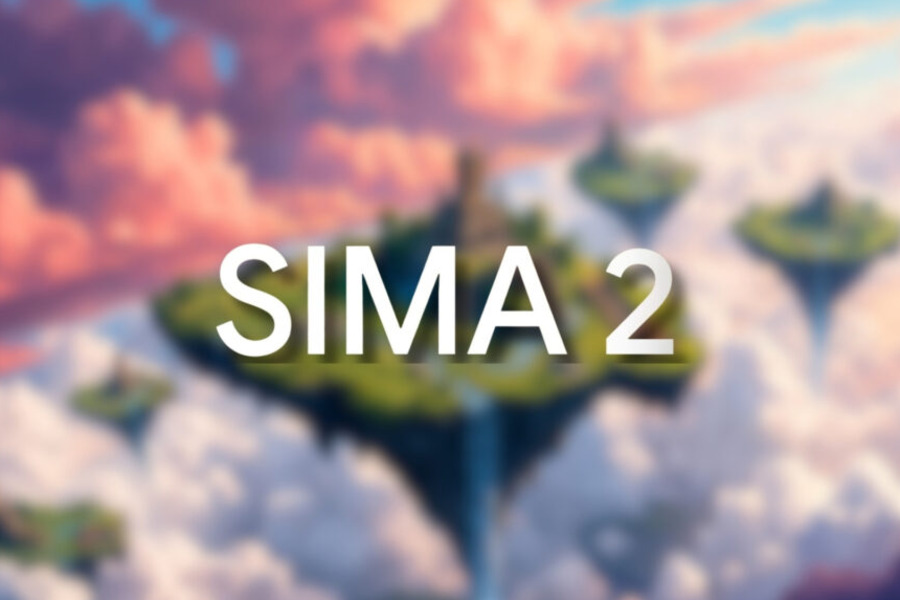On August 21, Kling AI officially released its latest-generation model, Kling 2.1 mod, and simultaneously launched the revolutionary first-and-last-frame feature. This upgrade marks a decisive leap for AI video creation from “random generation” to “precise control.” According to official data, the model’s performance has improved by a staggering 235% compared to the previous generation. This is not merely a technical iteration; it brings unprecedented efficiency and precision to creators across every industry.
What exactly did Kling 2.1 mod upgrade?
The new model underwent a complete bottom-up reconstruction, laying a solid foundation for the Start and End frame feature.
First, algorithmic rewriting sits at the core of this upgrade. Kling 2.1 mod now understands spatiotemporal continuity far more deeply, enabling it to generate smooth, mutation-free video with greater stability. This means scene-to-scene transitions will appear more natural, reducing the common issues of frame jitter and visual discontinuity.
Second, data upgrades delivered both a larger and higher-quality training set. According to Kling officials, the new training data spans a broader range of visual styles and scenarios, making the visuals produced by Kling 2.1 mod more realistic and richer in detail. AI-generated videos no longer have a “plastic” look; their quality now approaches that of professionally shot footage.
Finally, doubled performance gives Kling 2.1 mod faster inference speed and lower computational cost at the same visual quality. Users experience shorter wait times, higher generation efficiency, and a lower barrier to large-scale application.

Kling 2.1 mod Start and End Frames Feature Explained: Creativity That Hits the Mark Precisely
The first-and-last-frame feature is the brightest highlight of Kling 2.1 mod. Its workflow is extremely intuitive: users simply upload an opening frame (first frame) and a closing frame (last frame), and the AI automatically generates the transition video in between. This completely overturns the previous “roll the dice” approach to AI video creation.
The feature’s core advantages are:
- Precise Control: Creators can dictate the exact beginning and end of a video, ensuring that the core creative vision is rendered 100%. Video production is no longer a “blind box”; creative execution becomes predictable and controllable.
- Fluid Continuity: Leveraging its powerful spatiotemporal-continuity algorithm, Kling 2.1 mod guarantees coherent physical motion without stutter or mutation, making scene transitions as smooth as flowing water.
- Efficient and Easy: Previously, creators had to hand-draw numerous keyframes to guarantee smooth transitions, costing time and effort. The first-and-last-frame feature automates this process, generating a complete video in minutes and saving massive production time—novices can master it effortlessly.

Industry Outlook: AI Productivity Explodes Across the Board
The first-and-last-frame feature of Kling 2.1 mod delivers enormous productivity benefits to multiple sectors:
- Advertising & Marketing: Brands can ensure their brand elements appear at both the start and finish of a video while letting the AI freely craft the middle segment. This shortens production cycles and enables large-scale, low-cost, creative video ads.
- Film Previsualization: Directors can produce high-quality VFX previews or storyboard animatics within minutes, quickly pitching ideas to investors and greatly enhancing project persuasiveness.
- Short-Form Drama Production: For industries requiring rapid iteration and mass production, Kling 2.1 mod can generate scene transitions cheaply and efficiently, making script creation and revision far more flexible.
- Animation Production: Animators can focus on drawing keyframes while letting the AI fill in the in-betweens. This collaborative workflow can triple animation productivity and dramatically shorten production cycles.
Conclusion
With its first-and-last-frame feature, Kling 2.1 mod has propelled AI video creation from the “random luck” era into a new epoch of “precise command.” In the near future, this innovation will accelerate the arrival of a fully AI-driven production era across advertising, film, short-form drama, animation, and more.



